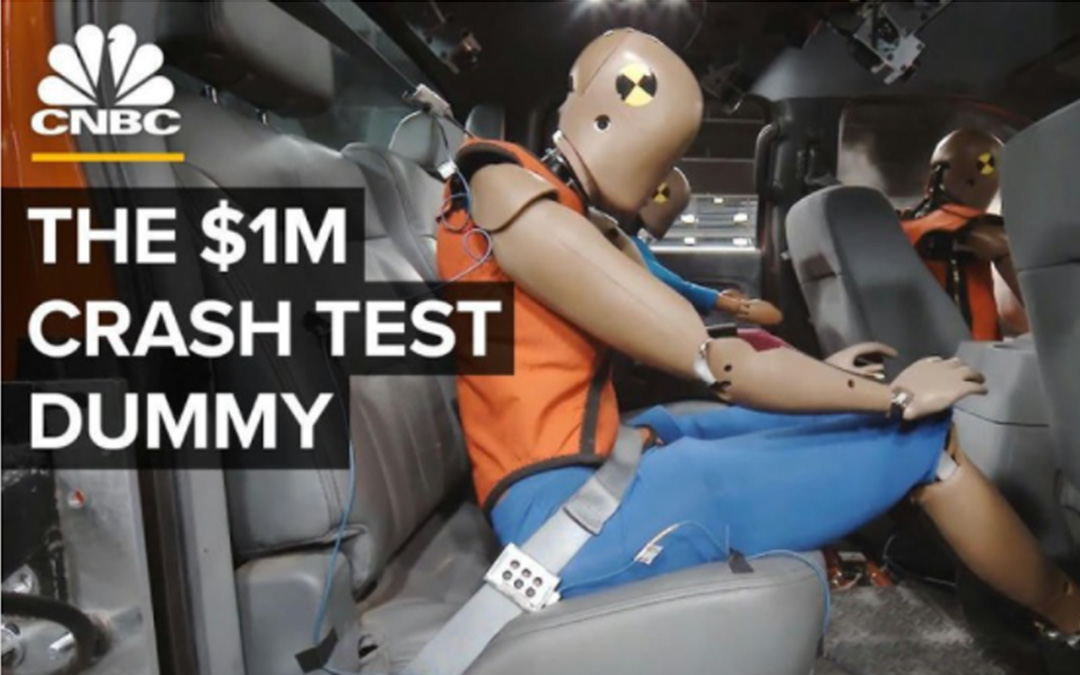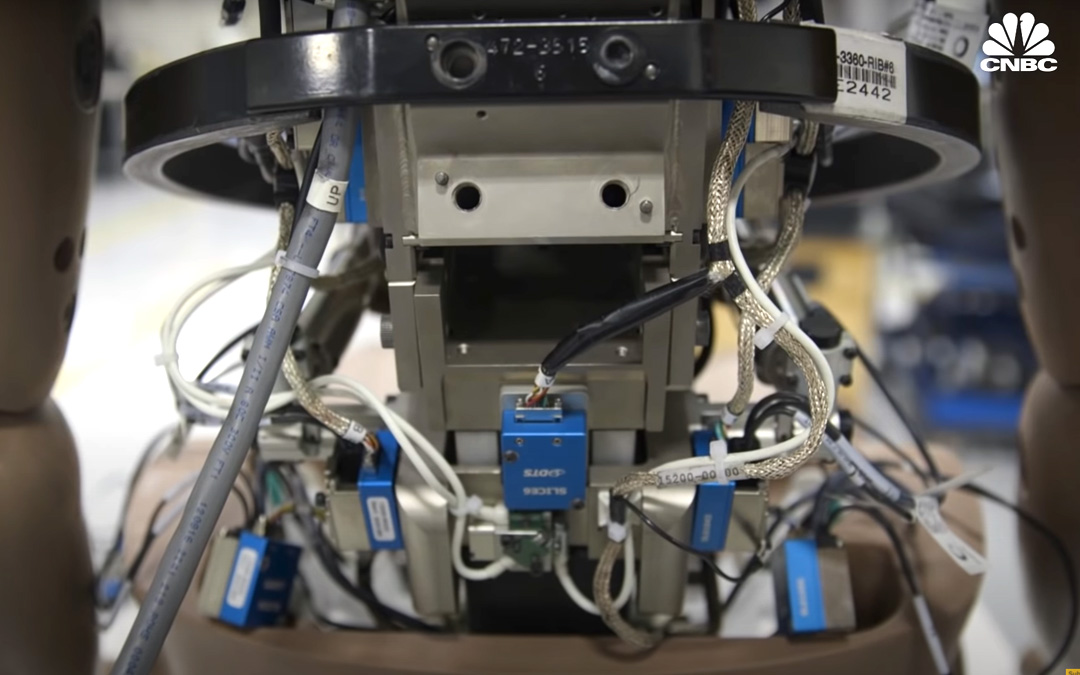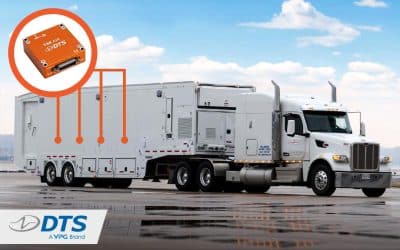Test manikins have come a long way. Anthropomorphic test devices, or ATDs, put themselves on the line each time we need their help. And that’s just what they’re designed for.
The creation of crash test dummies all started in 1949 when Air Force flight surgeon Major J.P. Stapp, who was studying “physiology of rapid deceleration,”1 wanted something human-like to test his rocket sled. The result was Sierra Sam. Built by a California firm, Sam was a dummy based on plaster casts of an actual pilot and had instrumentation in his thorax and head.
It soon became obvious that test dummies, like Sierra Sam, could be highly useful in the automobile industry. In 1966 Congress passed the National Traffic and Motor Vehicle Safety Act and in the same year, an engineer named Samuel Alderson, constructed the first test manikin specifically for the automotive industry. The ATD was named V.I.P.
In an effort to take testing to the next level, General Motors had the idea to use the best of what was available. GM put a Sierra Sam head onto V.I.P.’s body. The year was 1971 and this was the birth of the first Hybrid dummy, Hybrid 1. Automotive testing with dummies led to many improved safety features in cars, from steering wheel placement to the arc of the seatbelt.
There were concerns, however, because all ATDs were based on the size of an adult male so there was no ability to collect data on female or child-sized occupants. In the 1980s ATDs that were closer to the size of women were developed, but these were simply a scaled down version of the male dummy, not based on a female’s biofidelity, which means the manikins did not respond like a human female body would in an accident.
According to a recent CNBC report “How Crash Test Dummies Evolved to Cost $1 Million,” 51% of drivers are women. Because many industries are still not testing with ATDs based on female bio fidelity, there are still concerns about the safety of all sizes of drivers and passengers. In fact, statistics show that women are 17-19% more likely to die in the same accident as a man, and 73% more likely to be injured.
But industries are evolving. In the 1980s, third-generation Hybrids, Vince and Larry, were developed. Today the Hybrid III is still a widely used manikin plus it’s evolved into a full family of ATDs including toddlers, children, a small female and a large male. There are even specialty manikins to represent those at special risk of injury including the obese and the elderly.
And now there is also an even newer frontal crash test dummy on the scene: THOR. THOR, the dummy highlighted in the CNBC report, is truer to life and moves more like a real person. There is also more advanced technology inside that helps measure these more true-to-life movements. For example, the DTS A64C accelerometer and DTS ARS angular rate sensor can be embedded in any ATD to measure six-degrees-of-freedom motion (like all the directions a head could move).
Today, it’s not just the automobile industry using crash test dummies. Originally Sierra Sam was designed for rocket sled tests. Today ATDs are being used for blast testing, helicopter crash testing and space flight. We have WIAMan, who is the first vertical load manikin and is being used to help keep soldiers safer. And recently a Hybrid III manikin named “Ripley” traveled to the International Space Station on the SpaceX Crew Dragon capsule. With a focus on astronaut safety, the embedded sensors in Riley captured data on the forces astronauts may experience during launch, flight, and landing.
As we continue to improve ATDs and the information we can gather from them, who knows what future applications they’ll be designed for and the places they’ll go. But whether we’re talking about driving on the highway or adventuring into space, we owe a lot to these versatile test dummies. You could even say we owe them our lives. And as far as what they go through to get us this valuable data, like Larry the crash dummy said in a long-ago TV commercial before slamming a car into a wall, “It’s all worth it to get people to buckle up.”1
Resources
1. https://www.nytimes.com/2012/05/20/magazine/who-made-that-crash-test-dummy.html
DTS In-Dummy DAS Integration — Spine / Pelvis
DTS In-Dummy DAS Integration — Chest / Pelvis
DTS In-Dummy DAS Integration — Spine / Pelvis
Related Articles
Engineering Hall of Fame Inducts Tim Kippen
Congratulations to DTS Co-founder, Tim Kippen, on his induction to Cal Poly Pomona’s Engineering Hall of Fame
DTS Application Spotlight: Satellite Transportation Monitoring
How the TSR AIR data logger is helping ensure the safe transit of high-value assets.
DTS Innovation Room 2024
Join us at the DTS Innovation Room Oct 22-23 Automotive Testing Expo North America
SUBSCRIBE FOR DTS NEWS & UPDATES
YES! Sign me up







